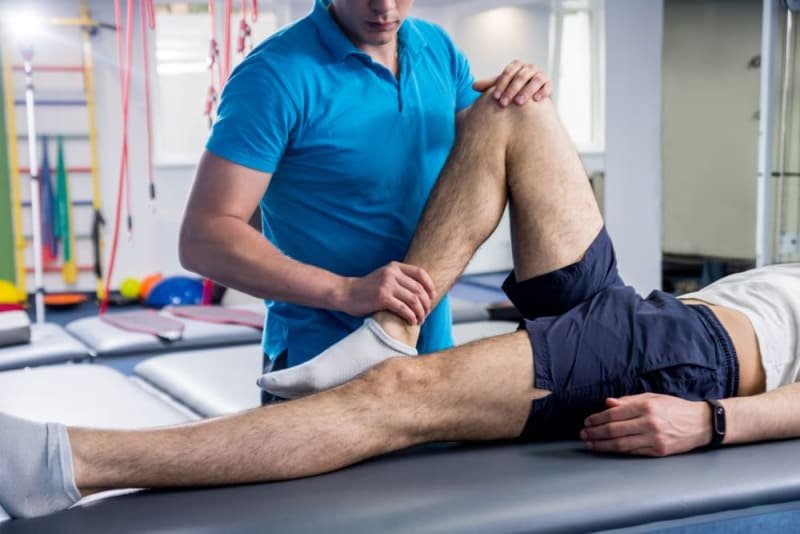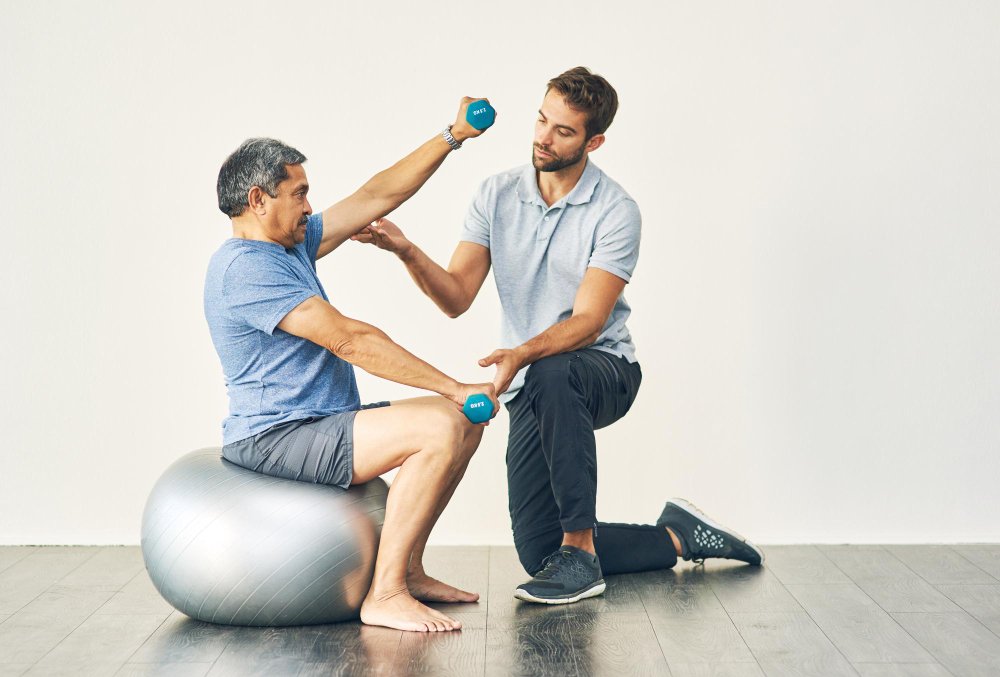After surgery, proper rehabilitation is crucial to regain strength, reduce pain, and avoid complications. Our Post-Operative Physiotherapy ensures a safe and quick recovery for procedures like joint replacements, fracture repairs, and ligament surgeries.



We visit your home to understand your condition, medical history, and goals. This helps us create a plan that’s 100% tailored to you.
Our experts design a therapy plan with targeted exercises, stretches, and techniques for your specific needs.
We provide hands-on, one-on-one physiotherapy sessions to ensure correct posture, safe movements, and effective recovery.
We monitor your improvement and adjust the plan regularly to speed up recovery and achieve the best results.
Post-operative physiotherapy is a specialized form of physical therapy focused on helping patients recover after surgery. It aims to restore mobility, reduce pain, improve strength, and prevent complications, ultimately optimizing the patient’s functional abilities and quality of life.
Post-operative physiotherapy can address a wide range of conditions following surgery, including:
Whiplash injury, post operative spinal fixation, post operative spinal cord injury, post spinal surgeries rehabilitation
Shoulder replacement, post traumatic shoulder surgeries , post rotator cuff injury.
Meniscal repair, ligament repair and post operative knee fractures.
Assisting with recovery and rehabilitation after bone fractures.
Hip fractures, muscle tears, and osteoarthritis.
Achilles pain, tendonitis, and sprains
Supporting recovery after procedures like hip or knee replacements
post operative CABG,ASD,VSD,Heart transplantation, Thoracotomy, Lung transplantation
Brain tumour excision and all type of brain surgeries

Hands-on techniques like joint mobilization, soft tissue massage, and myofascial release can help relieve pain and improve tissue mobility.
Gentle exercises to move the affected joint through its full range of motion, preventing stiffness and promoting flexibility
Physiotherapists use techniques to restore movement in joints that have become stiff or restricted.
Specific stretches can help lengthen tight muscles and improve flexibility
Tailored exercises that gradually increase in intensity to rebuild muscle strength and endurance.
Exercises that help retrain the nervous system to activate muscles effectively.
Exercises that mimic daily activities to improve strength and coordination for everyday tasks.
Techniques to break down scar tissue and improve tissue elasticity, preventing adhesions and promoting healing.
Manual techniques to improve tissue mobility and reduce restrictions caused by scar tissue.
For surgeries that affect mobility, training to restore proper walking mechanics and improve balance.
Proper body mechanics during daily activities to reduce strain on healing tissues.
Early mobilization and exercises to prevent complications like blood clots and muscle atrophy.
Focuses on pain and swelling management, gentle exercises, and mobility aids if needed.
Focuses on normalizing movement patterns, regaining strength and range of motion, and balance training
Focuses on building an exercise program tailored to the individual's physical abilities

Expert care, personalized treatments, and recovery at your doorstep!
© 2025 SRM Home Physiotherapy. Website Design By Exibify